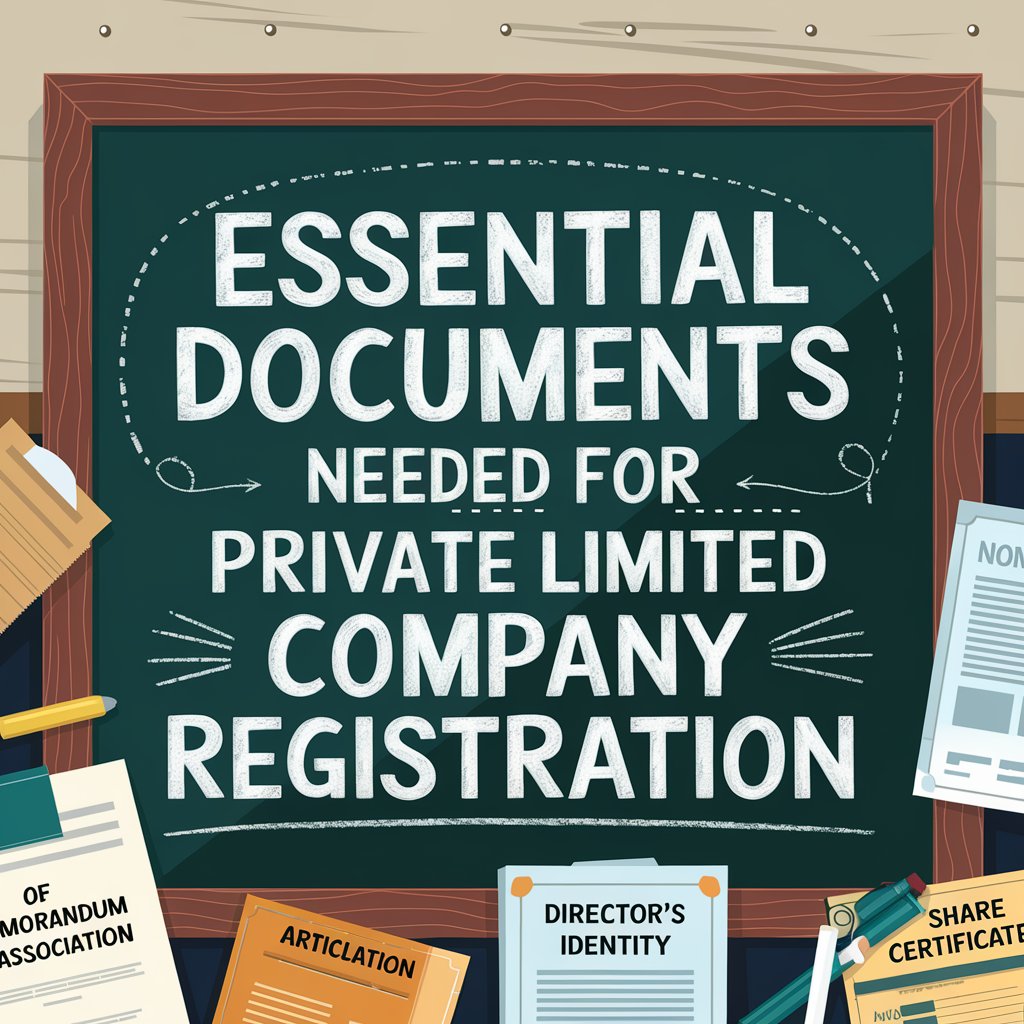In today’s competitive business landscape, offering a robust group health plan is more than just a perk—it’s a strategic move to attract top talent, boost employee satisfaction, and ensure your workforce stays healthy and productive. For business owners, however, navigating the complex world of group insurance plans can feel overwhelming. With countless plans, providers, and regulations to consider, how do you choose the best group health plan for your business? This guide breaks down the essentials, offering practical insights to help you make an informed decision that balances cost, coverage, and employee needs.
Why Group Health Insurance Matters for Your Business
Group health insurance is a cornerstone of employee benefits, providing medical coverage for your team under a single policy. Unlike individual plans, group plans often come with lower premiums and broader coverage options, making them a cost-effective way to support your employees’ well-being. But the benefits extend beyond affordability:
- Talent Attraction and Retention: A strong health plan signals that you value your employees, helping you compete for skilled workers in a tight labor market.
- Tax Advantages: Businesses can often deduct contributions to group health plans, while employees may enjoy tax-free premiums, reducing overall costs.
- Healthier Workforce: Access to medical care encourages preventive health measures, reducing absenteeism and boosting productivity.
- Compliance: For businesses with 50 or more full-time employees, offering health insurance may be required under the Affordable Care Act (ACA), avoiding costly penalties.
With so much at stake, choosing the right plan requires careful planning. Let’s explore the key factors to consider when selecting a group health plan that fits your business.
Understand Your Business and Employee Needs
The first step in choosing a group health plan is understanding your business’s unique needs and those of your employees. No two companies are alike, and a one-size-fits-all approach rarely works. Start by asking these questions:
- What’s Your Budget? Determine how much your business can contribute to premiums. Many employers cover 50-100% of employee premiums, but contributions for dependents vary.
- Who’s Covered? Assess your workforce. Are your employees young and healthy, or do they include families or older workers with diverse medical needs? This impacts the type of coverage required.
- What Benefits Matter Most? Survey your employees (formally or informally) to gauge their priorities. Some may value low copays, while others prefer comprehensive mental health coverage or wellness programs.
- Where Are You Located? Insurance options and costs vary by state, so focus on plans available in your region.
For example, a tech startup with young employees might prioritize low-cost plans with telemedicine options, while a manufacturing firm with older workers may need plans covering chronic conditions or hospital stays. Tailoring your plan to your workforce ensures it’s both valued and utilized.
Explore Different Types of Group Health Plans
Group health plans come in various forms, each with distinct features. Understanding these options helps you choose a plan that aligns with your goals. Common types include:
- Health Maintenance Organization (HMO): HMOs offer lower premiums and out-of-pocket costs but require employees to use a network of providers and get referrals for specialists. Ideal for businesses seeking affordability and predictability.
- Preferred Provider Organization (PPO): PPOs provide more flexibility, allowing employees to see out-of-network providers at a higher cost. These plans suit employees who value choice but come with higher premiums.
- Exclusive Provider Organization (EPO): EPOs blend HMO and PPO features, offering network-only coverage without requiring referrals. They balance cost and flexibility.
- Point of Service (POS): POS plans combine HMO and PPO elements, requiring a primary care provider but allowing out-of-network care at a higher cost. Good for businesses with diverse employee needs.
- High-Deductible Health Plan (HDHP) with HSA: HDHPs have lower premiums but higher deductibles, paired with Health Savings Accounts (HSAs) for tax-advantaged savings. Perfect for cost-conscious businesses and employees willing to manage upfront costs.
Each plan type has trade-offs. For instance, HMOs may save money but limit provider options, while PPOs offer freedom at a premium. Compare these options through resources like HSA for America to find the best fit.
Evaluate Coverage and Costs
Once you’ve narrowed down plan types, dive into the details of coverage and costs. A great group health plan strikes a balance between comprehensive benefits and manageable expenses. Key elements to evaluate include:
- Premiums: The monthly cost shared between employer and employees. Ensure premiums fit your budget while remaining competitive.
- Deductibles and Copays: Higher deductibles lower premiums but increase out-of-pocket costs for employees. Consider what your workforce can afford.
- Network Size: Check if the plan’s provider network includes local doctors, hospitals, and specialists your employees trust.
- Covered Services: Look for plans covering essentials like preventive care, hospitalization, and prescription drugs, plus extras like dental, vision, or mental health services.
- Out-of-Pocket Maximums: This caps how much employees pay annually, protecting them from catastrophic costs.
Don’t focus solely on price—cheaper plans may skimp on coverage, leading to dissatisfied employees. Instead, aim for value, ensuring the plan meets employee needs without straining your finances.
Consider Additional Benefits and Features
Modern group health plans often include perks that enhance employee satisfaction and health outcomes. These extras can set your benefits package apart:
- Wellness Programs: Many plans offer gym memberships, smoking cessation programs, or health screenings to promote long-term health.
- Telemedicine: Virtual doctor visits are increasingly popular, offering convenience and reducing workplace absences.
- Employee Assistance Programs (EAPs): EAPs provide mental health support, financial counseling, or legal advice, addressing holistic employee well-being.
- Flexible Options: Some plans allow employees to customize coverage, such as adding dental or vision for an extra premium.
These features can improve employee engagement and retention, making your business a more attractive place to work.
Work with a Trusted Insurance Broker
Navigating group health insurance is complex, especially for small or mid-sized businesses without dedicated HR teams. A licensed insurance broker can simplify the process by:
- Comparing plans from multiple carriers to find the best rates and coverage.
- Explaining compliance requirements, such as ACA mandates or COBRA rules.
- Customizing plans to match your budget and employee demographics.
- Handling enrollment and ongoing support to save you time.
Resources like HSA for America connect you with experts who specialize in group health plans, ensuring you make informed choices without the guesswork. Additionally, regional solutions like ColoHealth cater specifically to businesses in Colorado, while Medigap Advisors can assist with supplement plans for older employees or retirees.
Stay Compliant and Communicate Clearly
Choosing a plan is only half the battle—implementation matters just as much. Ensure your plan complies with federal and state regulations, such as offering coverage to all eligible employees and meeting ACA affordability standards. Work with your broker or legal advisor to avoid costly penalties.
Equally important is communicating the plan’s value to employees. Host meetings, provide clear documentation, and offer one-on-one support during open enrollment. Highlight benefits like low copays, wellness perks, or HSA contributions to help employees appreciate the investment you’re making in their health.
Why Now Is the Time to Act
With healthcare costs rising and employees prioritizing benefits, a well-chosen group health plan can give your business a competitive edge. It’s not just about checking a legal box—it’s about building a healthy, motivated workforce.
By taking the time to assess your needs, compare options, and partner with seasoned advisors like HSA for America, ColoHealth, and Medigap Advisors, you can find a plan that delivers real value.
Final Thoughts
Choosing the best group health plan for your business doesn’t have to be daunting. By understanding your workforce, exploring plan types, evaluating costs, and leveraging expert guidance, you can secure coverage that keeps employees healthy and your business strong. Start today by reviewing your options and consulting trusted resources like HSA for America. Your employees—and your bottom line—will thank you.






